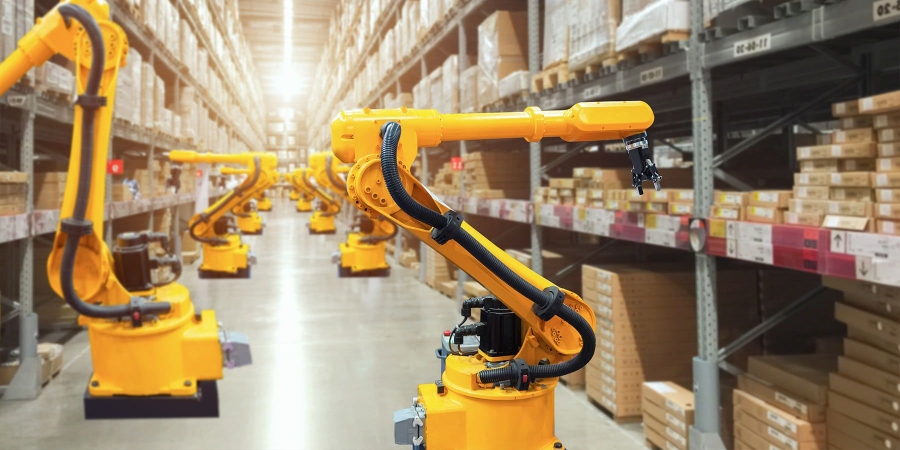Are you ready to embark on automation? Ask yourself these questions first. Many SMEs have been told they should quickly jump on the latest automation trends already. Better to get a headstart, right? Hear from fellow SME Owner, Mr Toh Chin Lock, Founder of Common Alliance Engineering, who tells us otherwise.
2020 saw the rise of automation continue its takeover of companies around the world. Regardless of industry, business sector or company size, automation is here to stay. SMEs in particular have suffered the brunt of the automation wave, with most scrambling to embark on the automation journey with little to no resources.
Thankfully, our government has stepped in, with four budgets this year highlighting the various grants and initiatives aimed at helping businesses along the automation journey. But even with financial help, “How to automate?” remains the top question on many SME owners’ minds.
During the course of my work, I’ve met many small business owners who have come to me with their struggles while embarking on the automation journey. Some are indifferent, kicking the can down the road and hoping that the problem goes away by itself one day. But most are the complete opposite: Eager to keep up with the market and their competitors, they invest in the latest, top-notch, premium technology, only to realise their business is not necessarily ready for it yet.
To avoid such situations, our automation journey should be intricately thought through and planned for. If you’re about to jump onboard the latest automation tech that 2021 brings, ask yourself these key questions before deciding to invest your resources.











